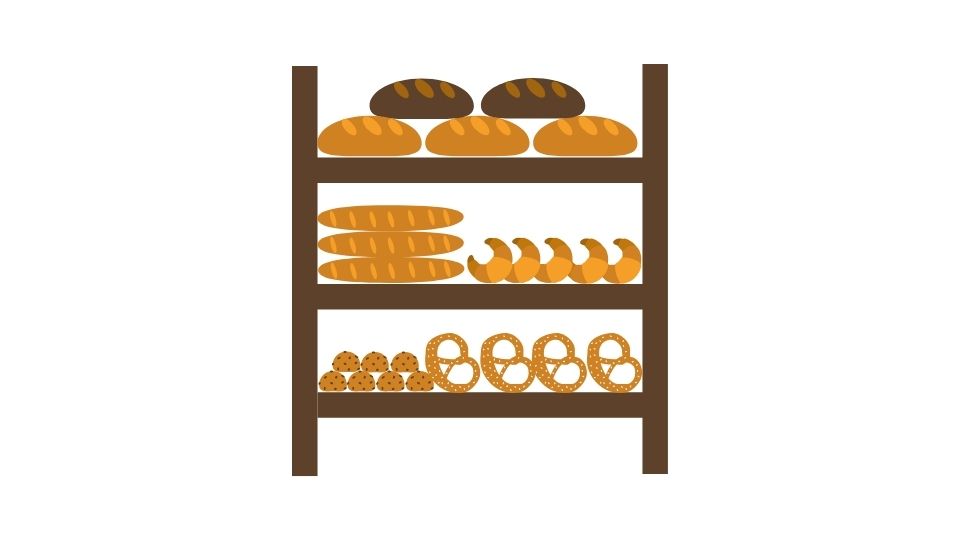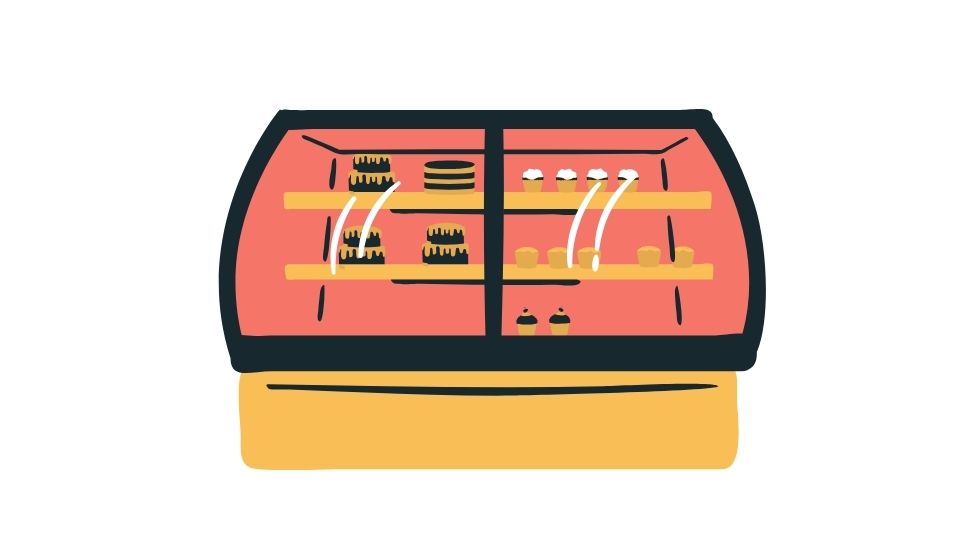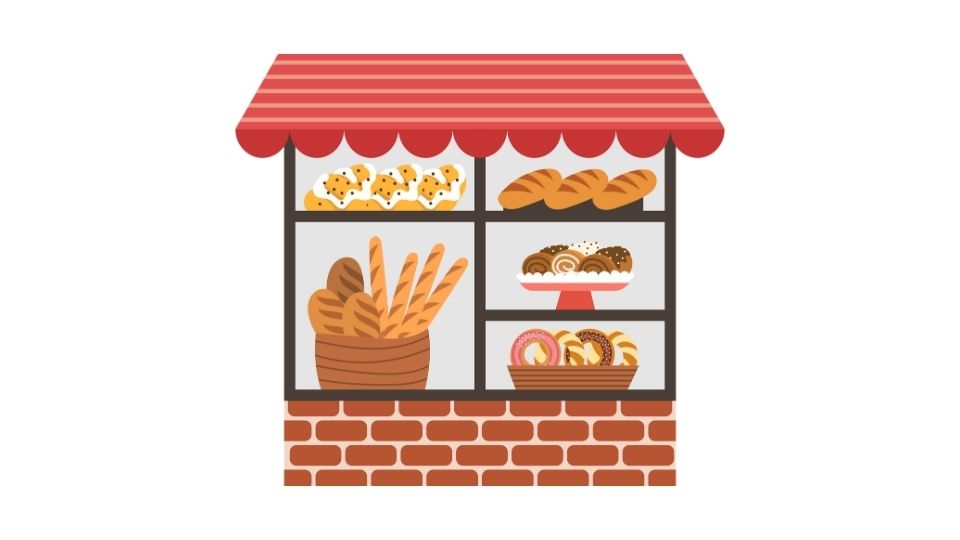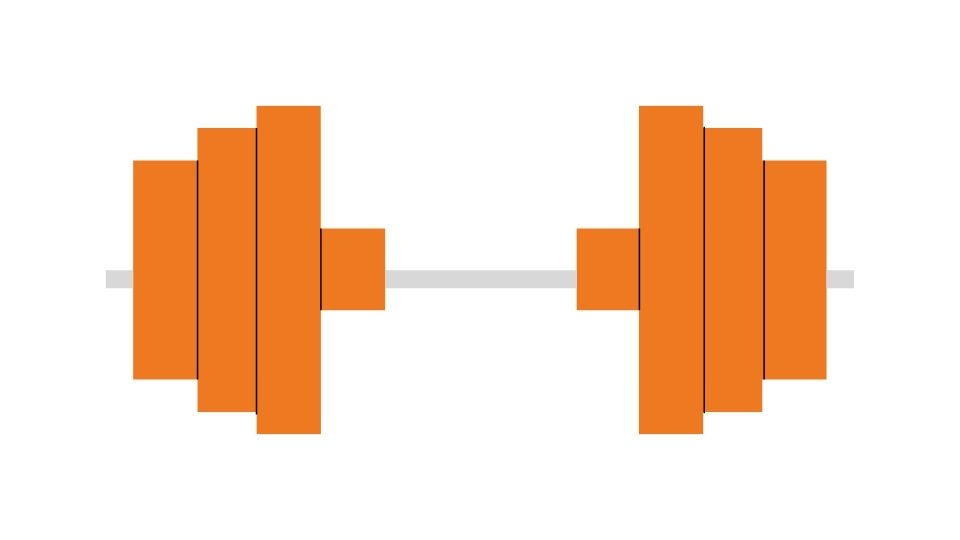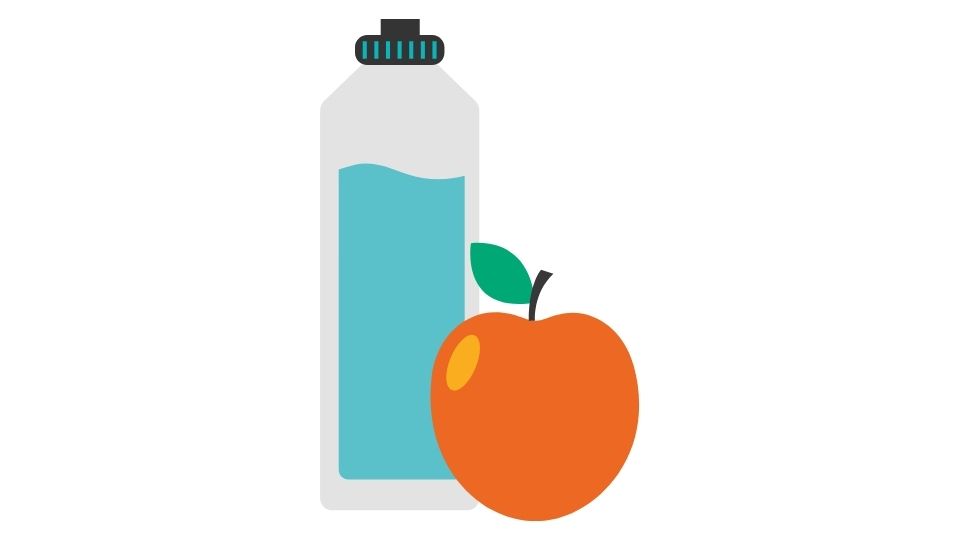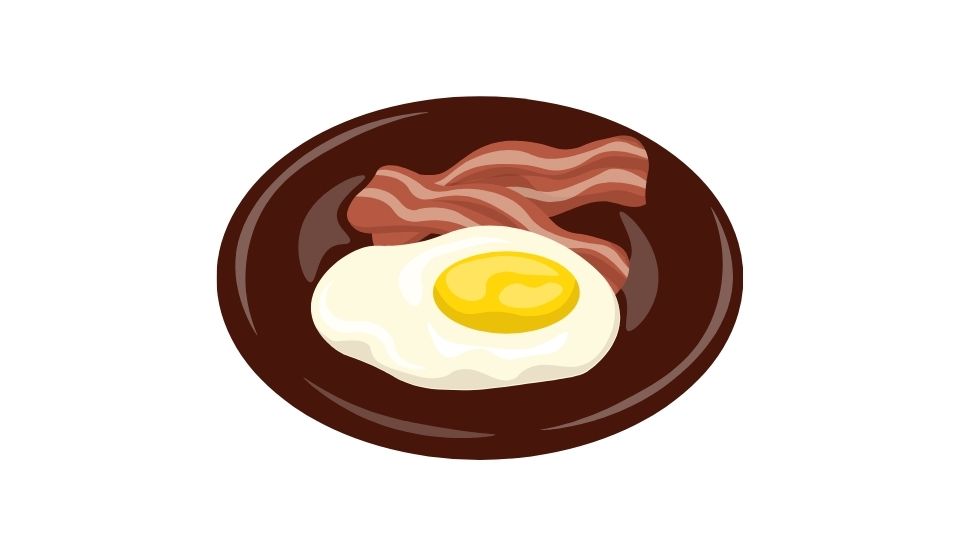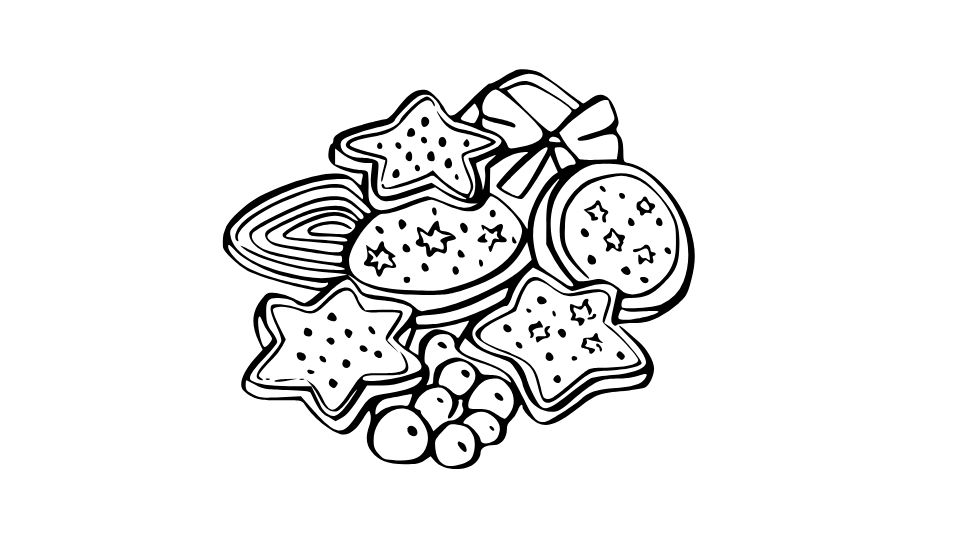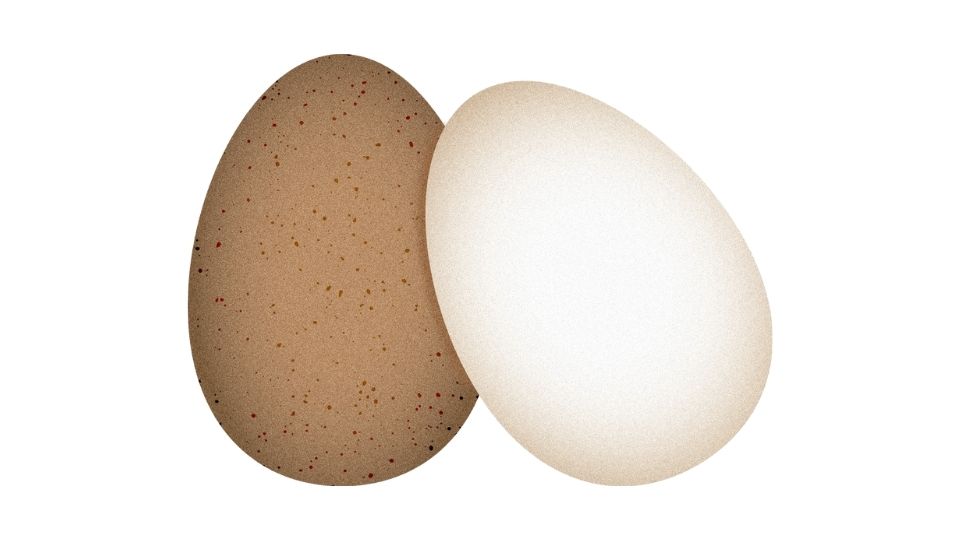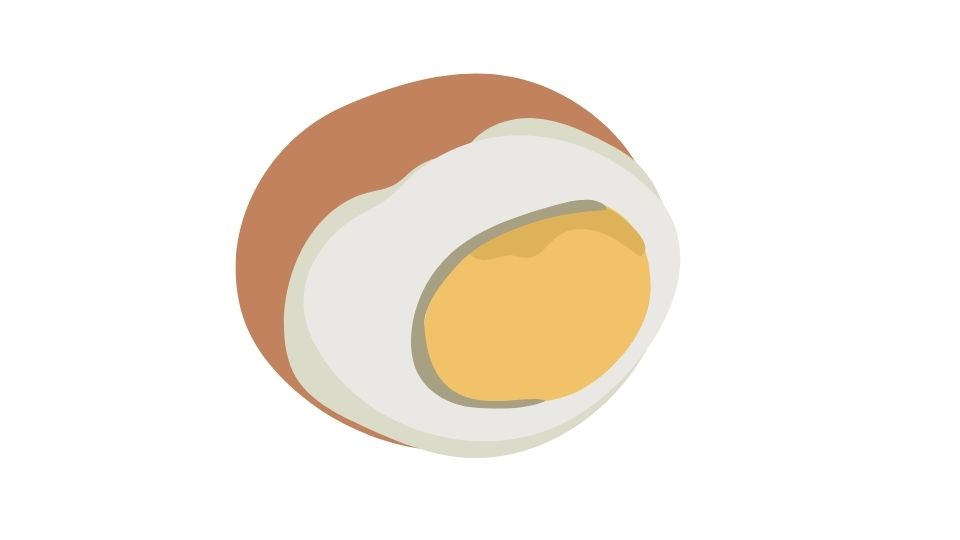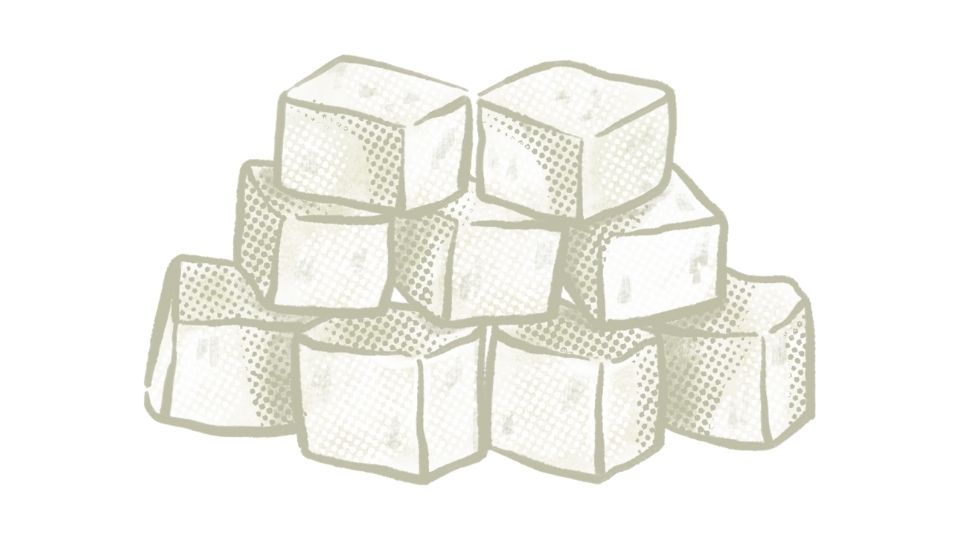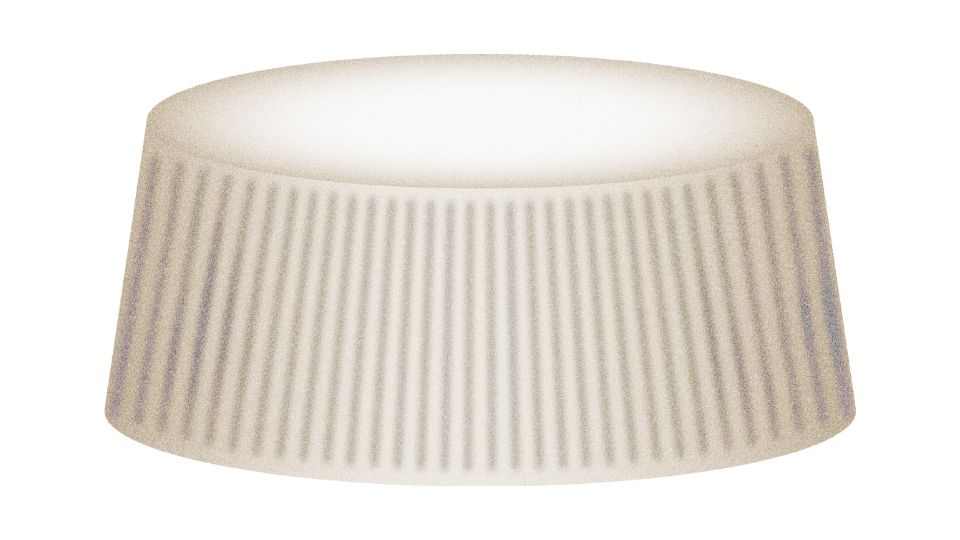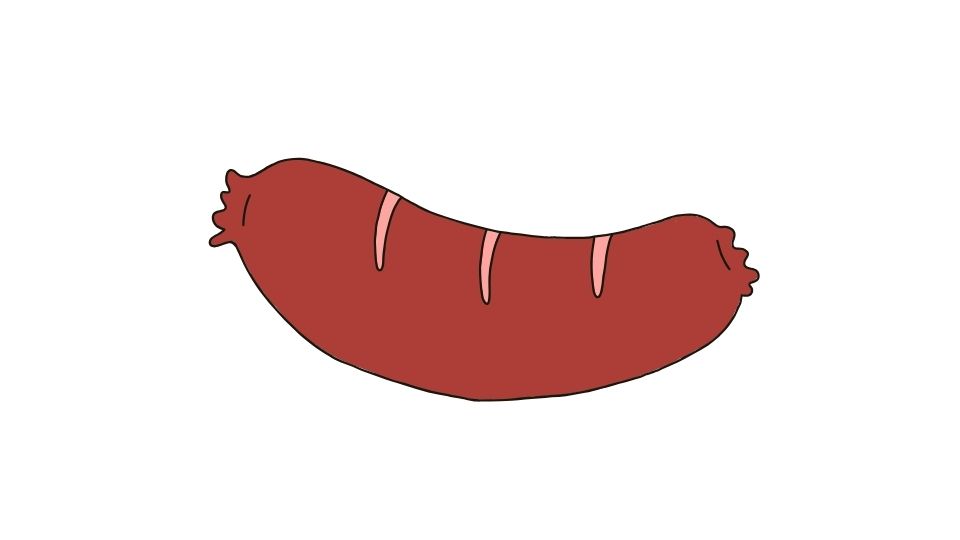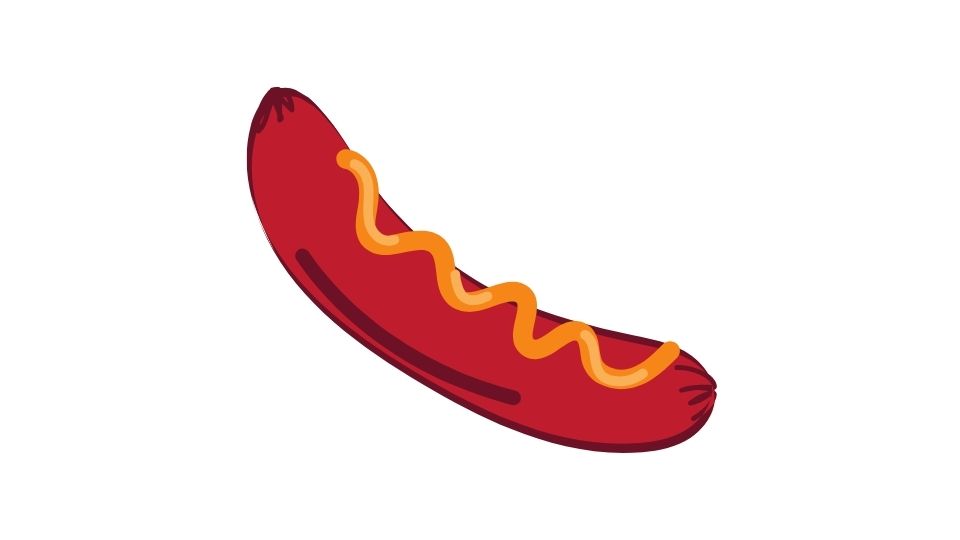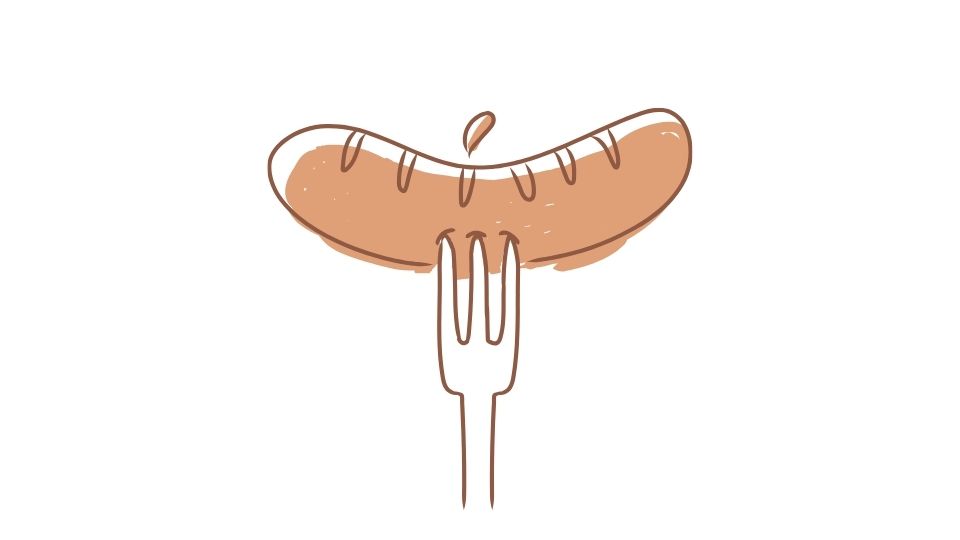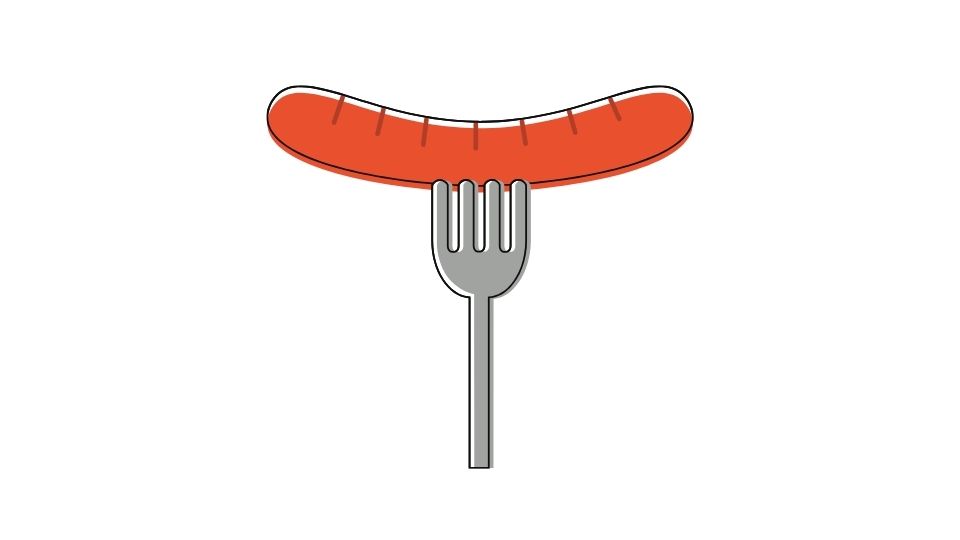Looking to make black food coloring at home? I’ve got you covered!
Whether you need it for Halloween treats, gothic-themed baking, or just want to experiment with food dyes without running to the store, there are several ways to create this dramatic shade in your kitchen.
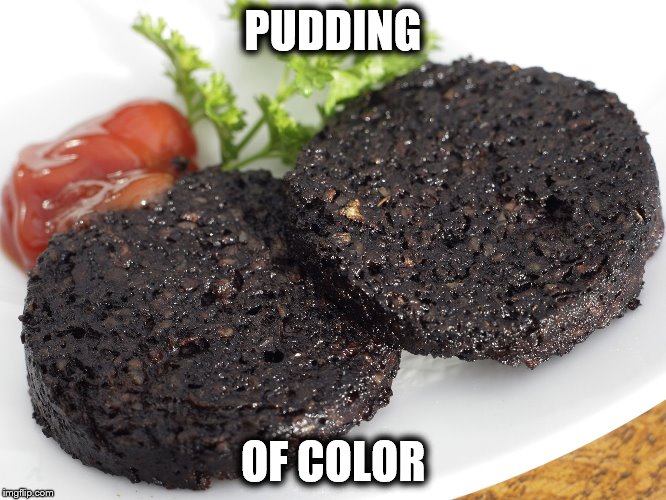
How to Make Black Food Coloring at Home
Ever found yourself in the middle of decorating a cake or making Halloween cookies only to realize you’re out of black food coloring?
No need to panic! You can easily make black food coloring yourself with ingredients you probably already have in your kitchen.
Using Regular Food Coloring to Create Black

The simplest method is to mix equal parts of red, blue, and green food coloring to create a deep black shade. This works with both liquid and gel food colors, and takes literally less than 5 minutes.
Here’s how to do it:
- Get a small bowl and add equal drops of red, blue, and green food coloring
- Use a toothpick to mix thoroughly
- Test the color on a white plate or paper towel
- Not quite black? Keep adjusting:
- Too blue or green? Add a drop of red
- Too red? Add a drop of blue
- Looking purple? Add more green
The cool thing about this method is how customizable it is. You can tweak it until you get exactly the shade of black you want – whether that’s a true black or something with slight undertones of another color.
When using your homemade black coloring in frosting or batter, start small and gradually add more until you reach your desired darkness. Remember that colors often deepen as they set, especially in frostings.
Natural Black Food Coloring Options

If you’re trying to avoid artificial dyes, you’ve got some natural options too – though getting a true black naturally is definitely trickier. But who says you need perfect black? Sometimes a deep charcoal gray or very dark purple-black can look even cooler!
Dutch-Processed Cocoa Powder
Dutch-processed cocoa is your best bet for a natural black-ish color. This type of cocoa has been alkalized, which gives it a significantly darker color than regular cocoa powder.
To use it:
- Add to frostings, batters, or doughs
- Start with a tablespoon and add more as needed
- Remember it will add a chocolate flavor (which is rarely a bad thing!)
This works especially well for chocolate-based recipes where the chocolate flavor is welcome.
Activated Charcoal
While technically natural, I should mention that activated charcoal can be used for coloring food black.
However, there’s a big warning here: activated charcoal can interfere with medication absorption, so it’s not recommended for regular consumption or for anyone taking medications.
Only use it for decorative elements that won’t be eaten or for very special occasions where a tiny amount is used.
Fruit and Vegetable Extracts
You can also experiment with concentrated dark fruit and vegetable juices like:
- Blackberry juice (reduced)
- Black grape juice (reduced)
- Blueberry juice mixed with beetroot juice
These won’t give you a true black, but can create interesting dark purples and blues that look nearly black in some applications. Serious Eats has some great resources on natural food coloring techniques.
Creative Black Food Coloring Hacks

Sometimes you need to think outside the box! Here are some alternatives when you need black food coloring:
Squid Ink
For savory dishes, squid ink provides an authentic black color. It’s commonly used in pasta and risotto, giving a briny, oceanic flavor along with its dramatic color. Obviously, this won’t work for your cupcakes, but it’s perfect for an elegant black seafood pasta.
Blackberry Reduction
For a more accessible option, reduce blackberry juice into a concentrated syrup. While it’s more purple-black than true black, it works nicely for darker colored desserts and adds a fruity flavor profile.
Tips for Using Homemade Black Food Coloring

- Start with a white or light-colored base – your black coloring will show up best
- Add coloring gradually – you can always add more, but you can’t take it out
- Mix thoroughly to avoid streaks
- Let colored frostings sit for a few hours as the color often deepens
- Store leftover coloring in a small airtight container in the fridge
Warning Signs and Things to Avoid
Be careful with these common mistakes:
- Don’t use too much liquid coloring in recipes that need precise liquid measurements
- Avoid regular (non-Dutch) cocoa for black coloring as it’s too reddish-brown
- Don’t expect perfection with natural dyes – they’ll give you dark colors, but rarely true black
- Test before committing to a large batch, especially with natural colorings that might affect flavor
When in doubt, remember that McCormick has some excellent resources on food coloring combinations that are tried and tested.
When to Use Store-Bought vs. Homemade
Homemade black food coloring works great for:
- Last-minute baking emergencies
- Small batches of frosting or batter
- When you want to avoid artificial ingredients
Consider store-bought black food coloring for:
- Professional baking where consistency is key
- Very large batches where mixing your own would be tedious
- When you need an extremely dark black color
Making your own black food coloring is surprisingly easy and can save you from a mid-baking crisis.
Whether you choose to mix primary colors or go the natural route with dark ingredients, you’ll have rich, dramatic coloring for all your spooky treats and elegant creations.
Just remember to start with small amounts and build up gradually for that perfect shade of midnight black!




